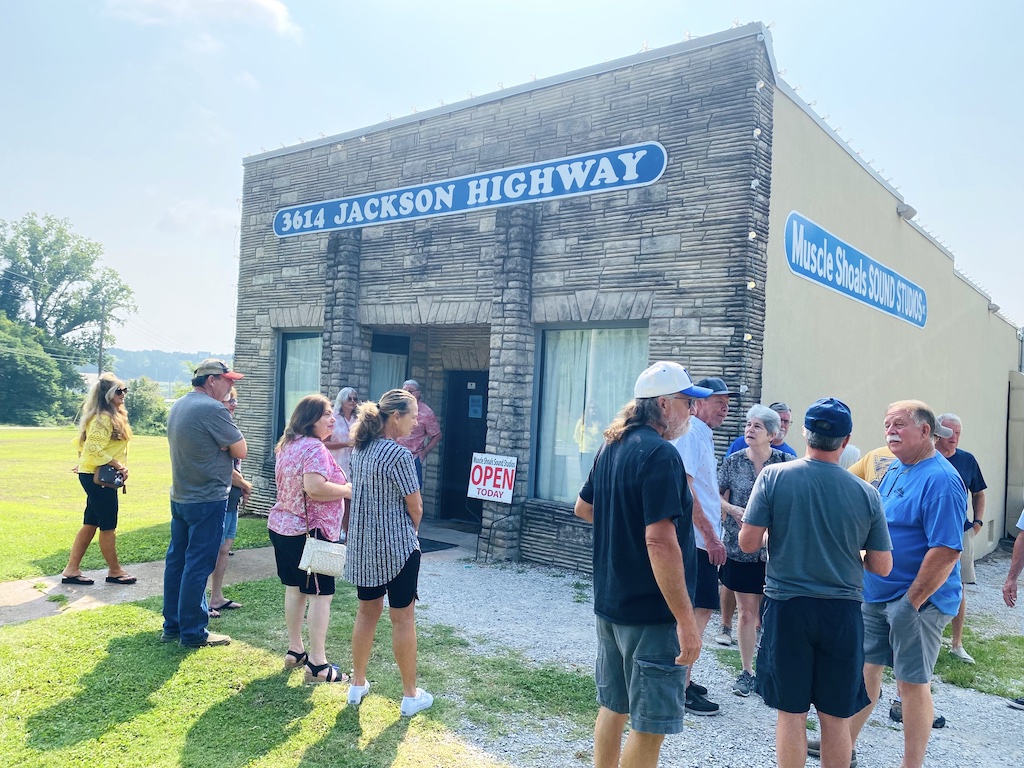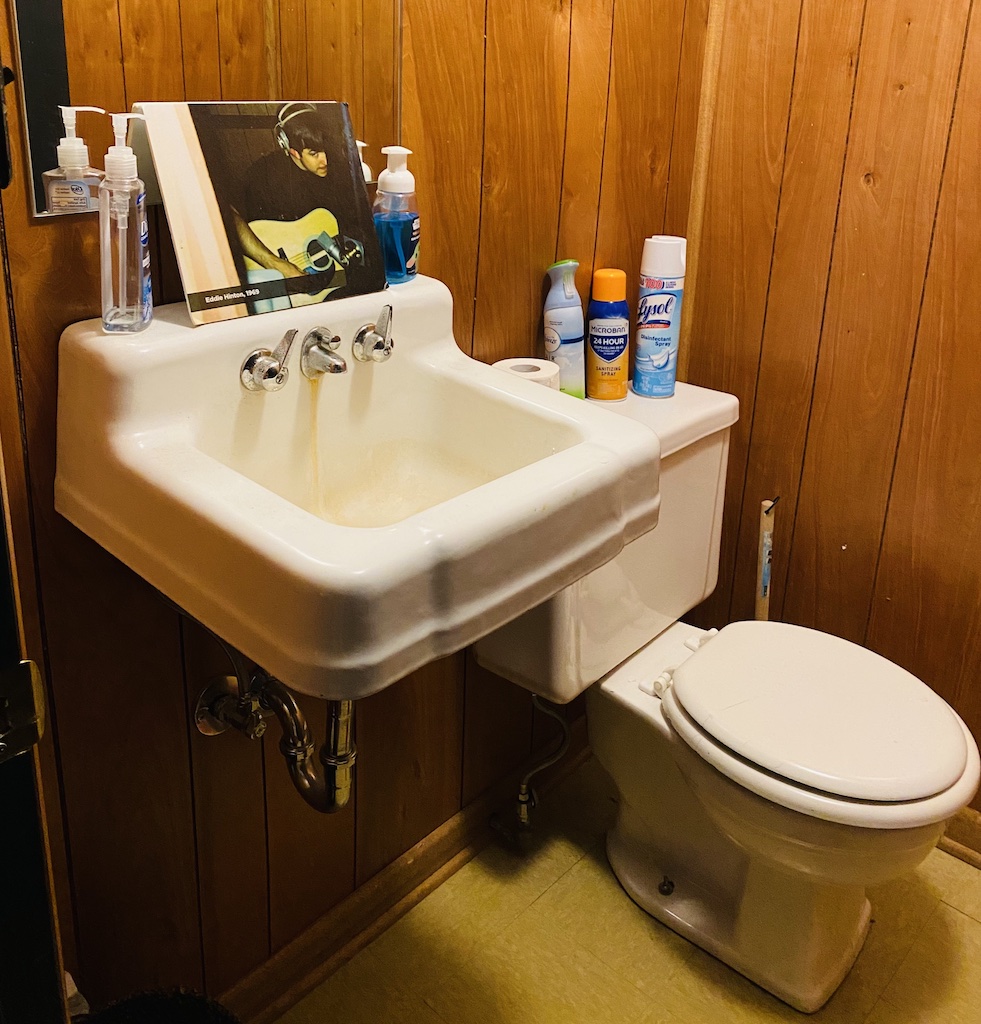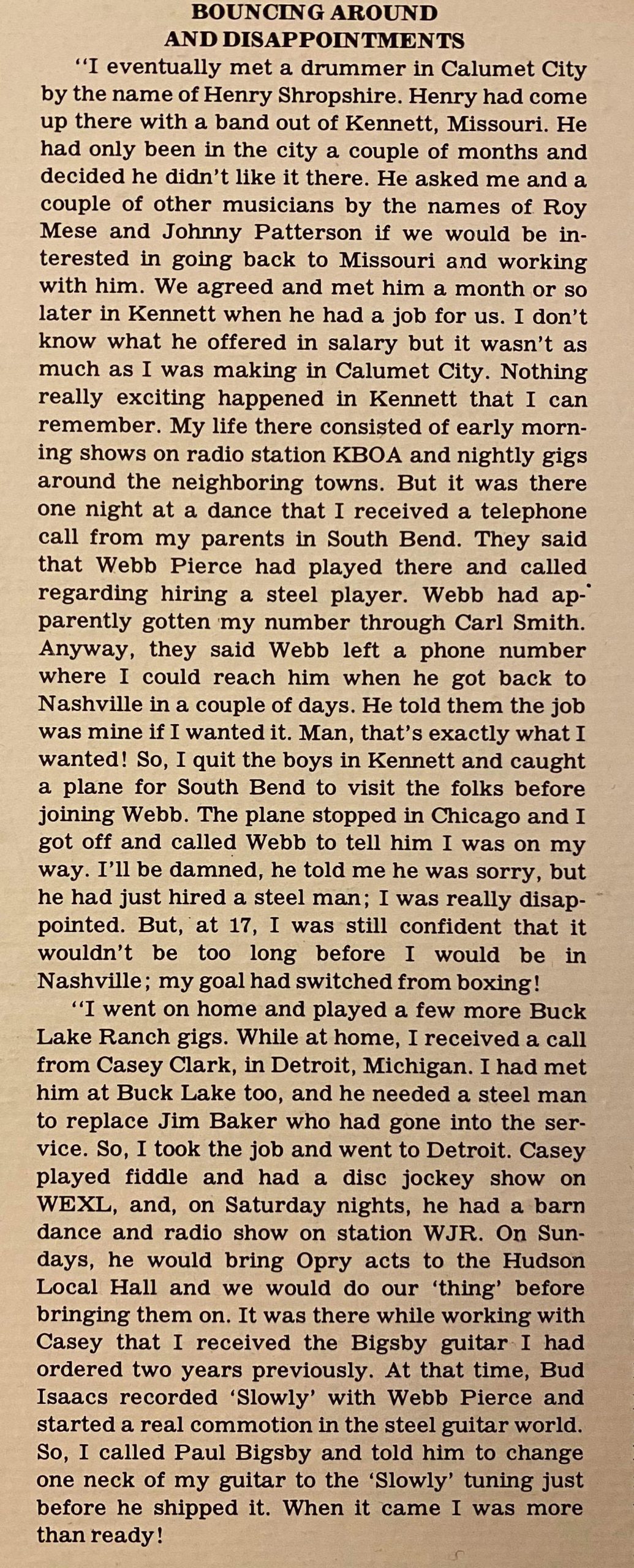“What’s startling about “Get Back” is that as you watch it, drinking in the moment-to-moment reality of what it was like for the Beatles as they toiled away on their second-to-last studio album, the film’s accumulation of quirks and delights and boredom and exhilaration becomes more than fascinating; it becomes addictive. We’re there in the studio, right alongside the Beatles, seeing — living — what they do. There are moments when “Get Back” meanders (at a certain point in Part 3, you may feel like you never want to hear “Don’t Let Me Down” or “Let It Be” again). Yet even the repetition is part of the documentary’s experiential quality. As you soak up the film in its totality, it become moving and momentous. “Get Back” is a long-form portrait of the dissolution of the Beatles and the togetherness of the Beatles.” — Variety review of Peter Jackson’s 8 hour documentary.
If you weren’t a fan I doubt you’d enjoy this. The Beatles exploded in 1962 and flamed out in the late sixties, neatly covering my high school and college years. A big musical influence in my golden years. (Good article on which US radio stations played The Beatles first)





